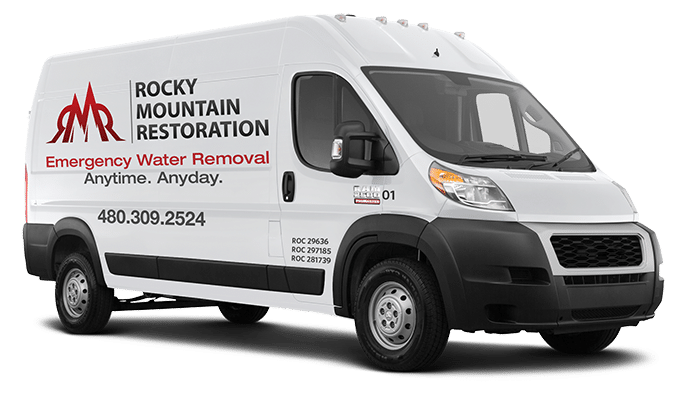Understanding Restoration: What’s Included in a Comprehensive Restoration Process

Understanding Restoration: What’s Included in a Comprehensive Restoration Process
From Structure to Aesthetics – Everything You Need to Know About Restoring a Space or Vehicle
Restoration is a process aimed at returning an object, building, or vehicle to its former condition, preserving its original charm while enhancing its functionality. Whether it’s restoring a vintage car, historic building, or a treasured family heirloom, restoration can involve a series of steps that ensure both aesthetic appeal and structural integrity. Below is an overview of the primary components included in a full-scale restoration process.
1. Initial Assessment and Planning
Before beginning any restoration, a thorough assessment of the object or structure is critical. Restoration experts evaluate the condition of the item, identifying areas with wear, damage, or deterioration. For buildings, this might include structural evaluations of the foundation, roof, and walls, while in vehicles, mechanics assess engines, suspension, and bodywork. This phase often involves careful planning, including budgeting, sourcing materials, and scheduling tasks to avoid any unexpected delays.
Key Tasks:
- Condition assessment and documentation
- Project planning, budgeting, and material sourcing
- Scheduling and timeline estimation
2. Structural Repairs and Reinforcements
If the item or building has underlying structural issues, addressing them is the next step. Structural repairs ensure that the restored piece remains functional and safe. In building restorations, this might involve foundation repairs, fixing damaged beams, or updating wiring and plumbing systems. For vehicles, this can include rebuilding engines, reinforcing chassis, and repairing rusted metal. This step is essential to ensure that the item can withstand regular use once restored.
Key Tasks:
- Foundation or engine repairs
- Reinforcing beams, chassis, or other supports
- Upgrading essential systems (electrical, plumbing, mechanical)
3. Surface Restoration and Repair
Once structural repairs are complete, restoration shifts focus to surfaces. For buildings, this often includes cleaning, restoring original finishes, and repairing or replacing damaged materials like bricks, siding, or roofing tiles. In vehicle restoration, surface work can involve bodywork repairs, rust removal, and paintwork restoration. This stage revives the appearance of the item, bringing back its original charm while preparing it for aesthetic finishing.
Key Tasks:
- Surface cleaning and repair
- Replacement or repair of damaged materials
- Rust removal and treatment (for metals)
4. Aesthetic Restoration and Finishing Touches
Aesthetic restoration aims to recreate the item’s original appearance while sometimes updating elements for modern standards. In buildings, this may involve repainting walls, restoring flooring, and even incorporating vintage fixtures for authenticity. For vehicles, this might include reupholstering seats, detailing interiors, and adding new finishes to exterior paint. This phase not only brings the item back to its former glory but also reflects the period-specific details that make it special.
Key Tasks:
- Repainting, reupholstering, and detailed finishing
- Restoring historical or period-specific elements
- Adding final touches for visual appeal
5. Final Inspections and Quality Control
The final stage of restoration involves a thorough inspection to ensure all repairs and enhancements meet quality standards. For buildings, this might include safety checks for electrical and plumbing systems. For vehicles, mechanics conduct test drives to ensure that everything functions correctly. Final adjustments are made, and any minor issues addressed to ensure long-term durability.
Key Tasks:
- Comprehensive inspection and quality control
- Adjustments and final tweaks
- Preparing the item for functional use
The Goal of Restoration
The primary aim of restoration is to revive and preserve the original quality of a structure or item. It respects the historical or sentimental value, while updating components as needed to ensure safety and longevity. Comprehensive restoration not only extends the life of an object but also restores its unique charm and value, giving it a second life for future generations to enjoy.
- Industry
- Art
- Causes
- Crafts
- Dance
- Drinks
- Film
- Fitness
- Food
- Игры
- Gardening
- Health
- Главная
- Literature
- Music
- Networking
- Другое
- Party
- Religion
- Shopping
- Sports
- Theater
- Wellness
- News


